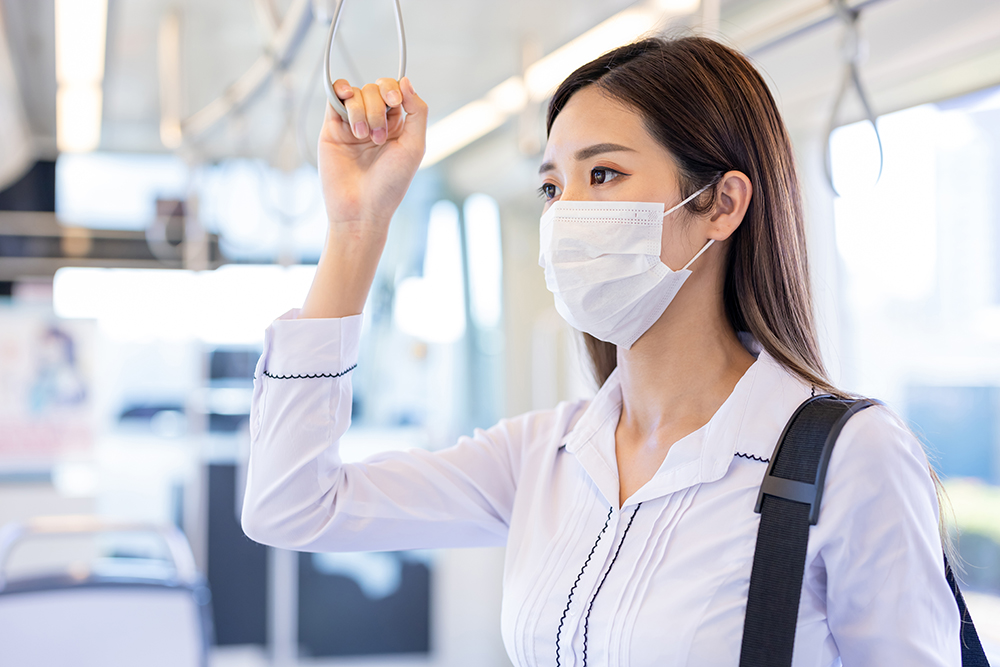
It looks like we’re back to square one. After a plea by doctors for a “timeout” (not to rest but to recalibrate and do what actually works in combating COVID-19), we’ve returned Metro Manila and other areas to Modified Enhanced Community Quarantine status.
In terms of mobility, going from General Community Quarantine to MECQ—according to existing guidelines—means that public transportation is once again suspended. Note that when 80 doctors groups called for a timeout, they did not ask for public transport suspension. In fact, they specifically asked for safe public transport and bicycle lanes to be made available to medical frontliners. The main theory behind restricting public transportation is that when you allow it, there is more mobility of people and therefore more spreading of virus carriers. A very blunt analysis appears to support this since the spike in daily cases of COVID-19 seemed to happen after the return of public transport. When people see long lines for public transportation every day, they look exactly like the sort of mass gatherings we fear the virus spreads in. Never mind that long queues are actually caused by insufficient public-transport provision or that frontliners might have to walk for hours again: We should shut down public transport for everyone’s good!
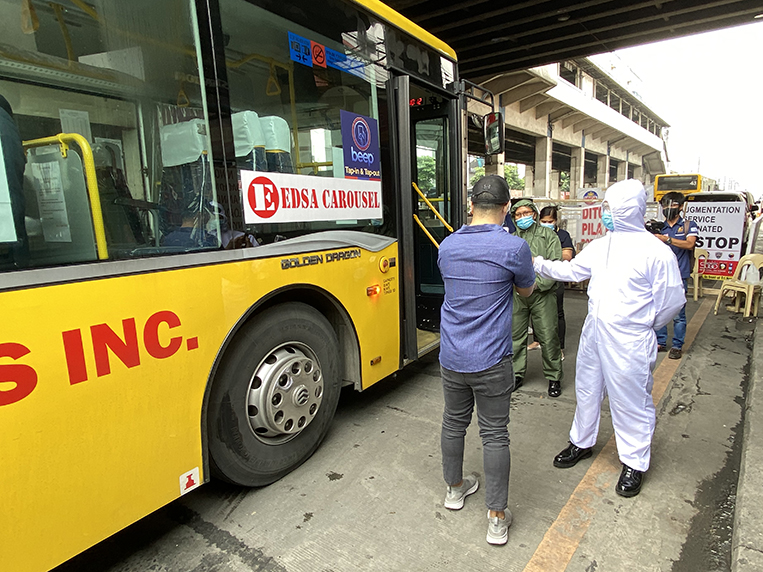
But what’s the evidence? Contact-tracing in Pasig City has shown that there are no COVID-19 transmission events linked to public transport. This follows international evidence that public transportation is, on the whole, quite safe. Even when there was a massive outbreak of over 200 people among workers of the MRT-3 train line, an explanation for the outbreak is the underground train depot that recirculates air in the work environment. Even station staff have to pass through the depot to clock in, which explains why even personnel like ticket sellers caught the virus.
So, how do we explain the spike in cases from the reopening of the economy? We have to look at what we know about how COVID-19 spreads. There is increasing evidence that beyond droplet transmission, the coronavirus is airborne. Airborne transmission means that the virus could travel farther than if it were carried by droplets alone. It also means that if you are in a poorly ventilated location with a COVID-19 carrier, mere social distancing won’t help if you will end up breathing the same air as the person does. Many offices in the Philippines are located deep in the interior of buildings where they have centralized, recirculating air-conditioning and no windows. These are possible COVID-19 traps, and they explain why contact-tracing has come to reveal occupational transmission as one of the leading forms of coronavirus transmission in recent days.
The evidence of airborne transmission also means that ventilated public transportation may be among the safest public-transport modes of all
The evidence of airborne transmission also means that ventilated public transportation—non-aircon buses, jeeps and tricycles—may be among the safest public-transport modes of all, and we are making a mistake in banning their operation. In the morning of the first day of MECQ Part 2, ANC reported that many workers had taken their chances on the road. And by that, I wish it simply meant that more had tried biking to work. Instead, many waited for private cars and colorum vans that were going the way they were going. Doctors are hesitant to make public conclusions with anecdotal evidence, but friends working in two separate hospitals have told me that aside from occupational transmission, contact-tracing has linked some transmission to carpooling and company shuttles. This is not surprising: Sharing a car with recirculated air-conditioning theoretically creates an aerosol transmission hotbox. One carrier will cause all other passengers in the vehicle to breathe infected air.
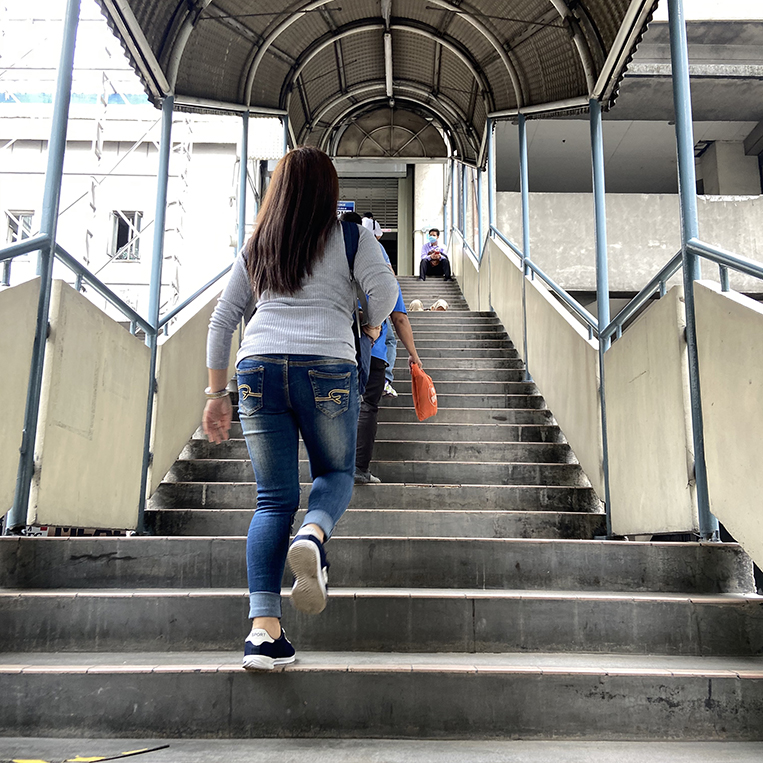
So here we are. How do we move forward and do our best with the information that is available?
1. Allow public transportation to operate. Subject to safety guidelines, of course. Remember, healthcare workers asked for safe transportation hand in hand with the current timeout. If we take away all public transportation and think that will solve the problem, we will add to their hardship and make them burn out faster. Our doctors shouldn’t be sacrificed this way.
2. Ventilate. I know many of us grew up with “sara mo ’yung pinto o lalabas yung aircon,” but we have to unlearn that for our safety. Open windows wherever you can, especially if you’re riding a vehicle with other passengers. If your office has centralized air-conditioning and no windows, place an electric fan by the door to act as an exhaust fan.
3. Work from home. Everyone who can work from home should be able to work from home, and everyone who has to come to the office should keep a mask on at work. I am shocked by the stories I still hear of bosses who refuse to let people work from home because “it will ruin the culture,” when what they really mean is that they want fewer excuses to pay people. In this tough time, I do understand a bit of where that’s coming from, but we all have to make sacrifices, especially if we’re in a greater position to. I am even more alarmed by the stories I hear of some bosses who refuse to wear masks in their offices even when they meet with their employees. It’s true there is a discipline problem, but it’s not where many people think. Instead of judging people in line for the scraps of transport, why not look at how people in power continue to think the rules don’t apply to them?
This timeout we have now is not time for everyone to rest. We can all do our bit to arrest the spread of COVID-19 in our workplaces and vehicles. The doctors called for everyone to start doing the right thing. Let’s hope that our government does the same for healthcare workers who need adequate and safe transportation now more than ever. If a lack of transport burns them out faster, our chances of surviving will burn out with them.

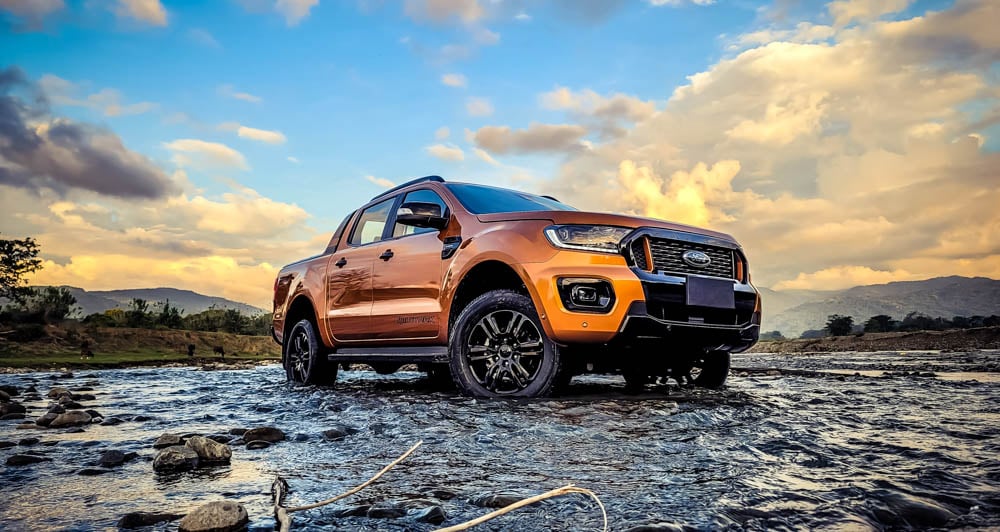
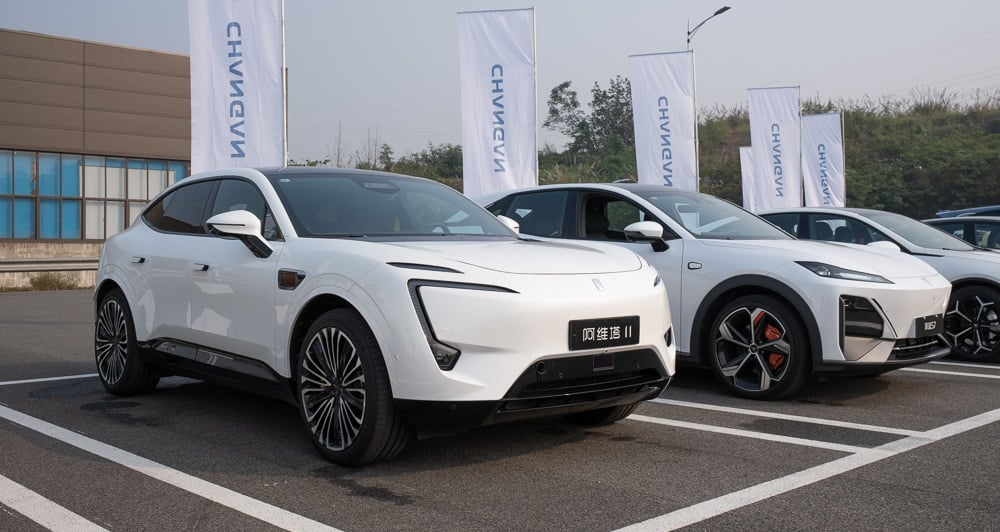
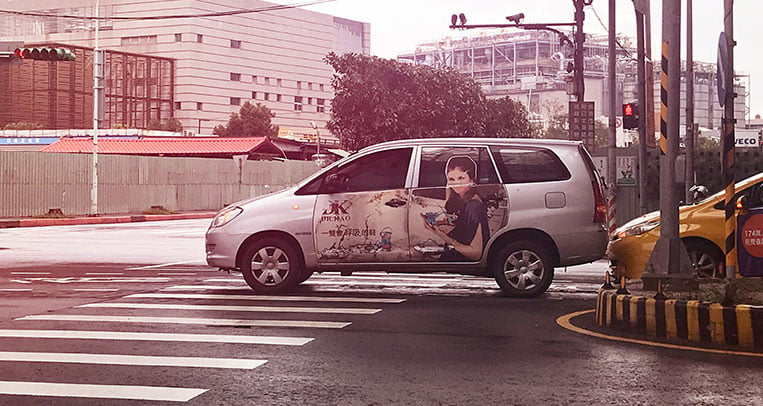
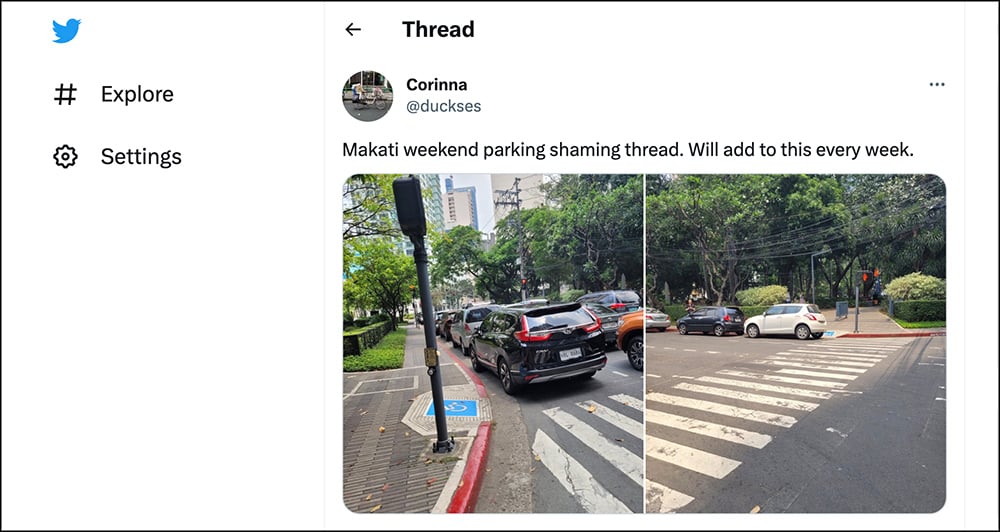
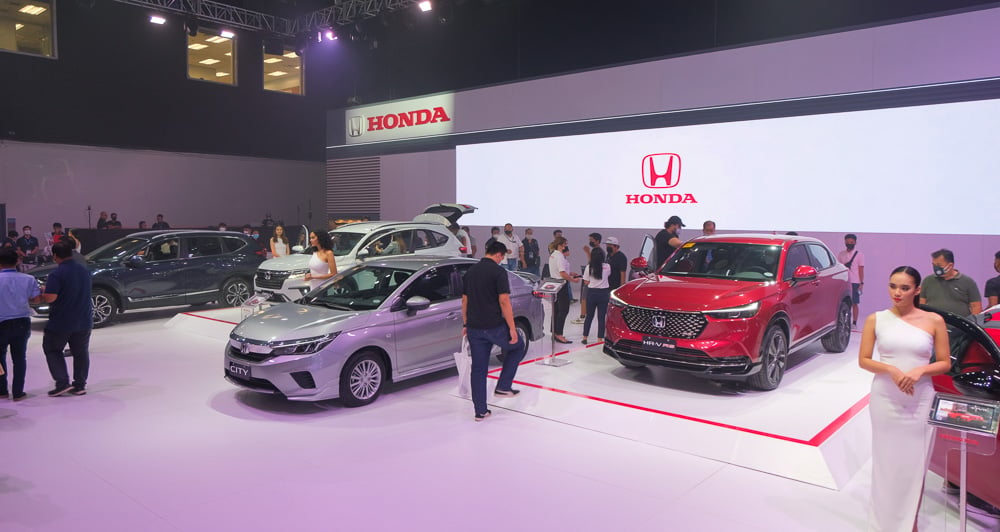
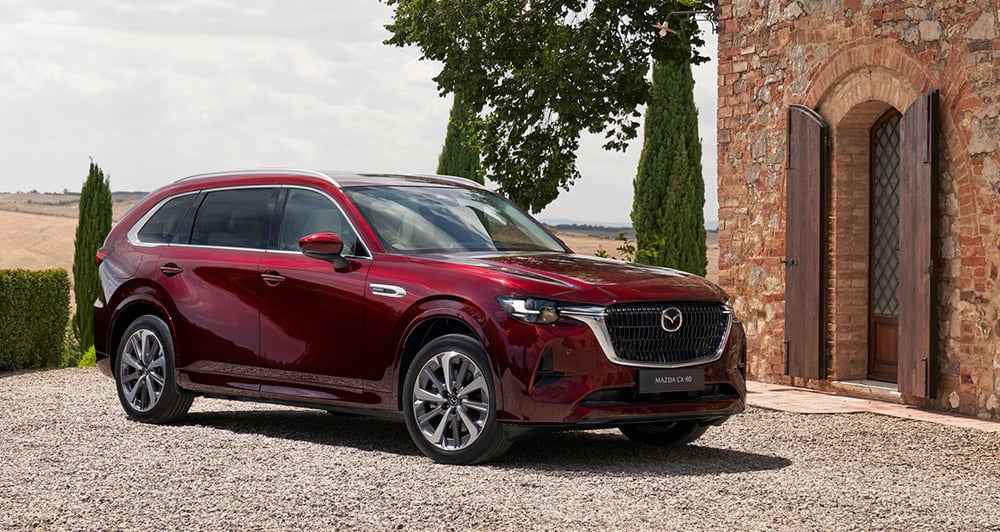
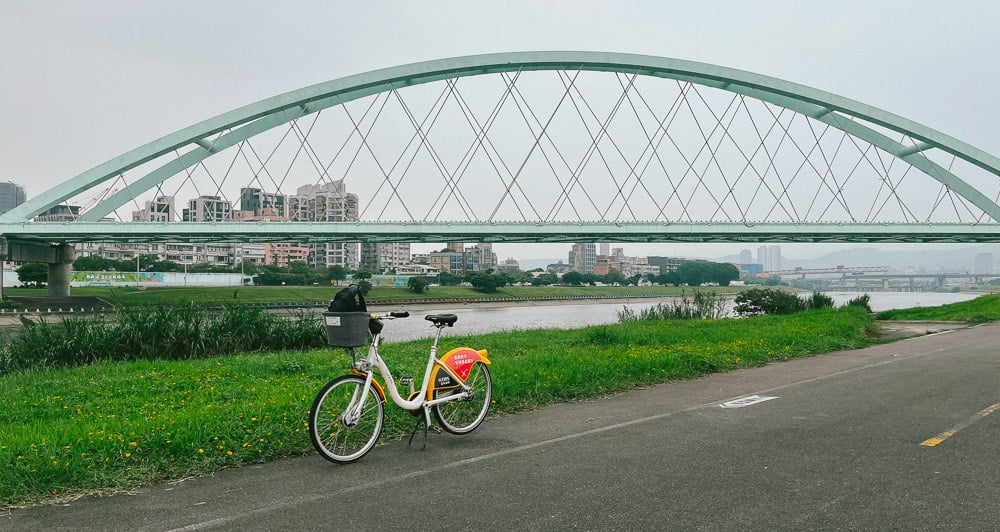
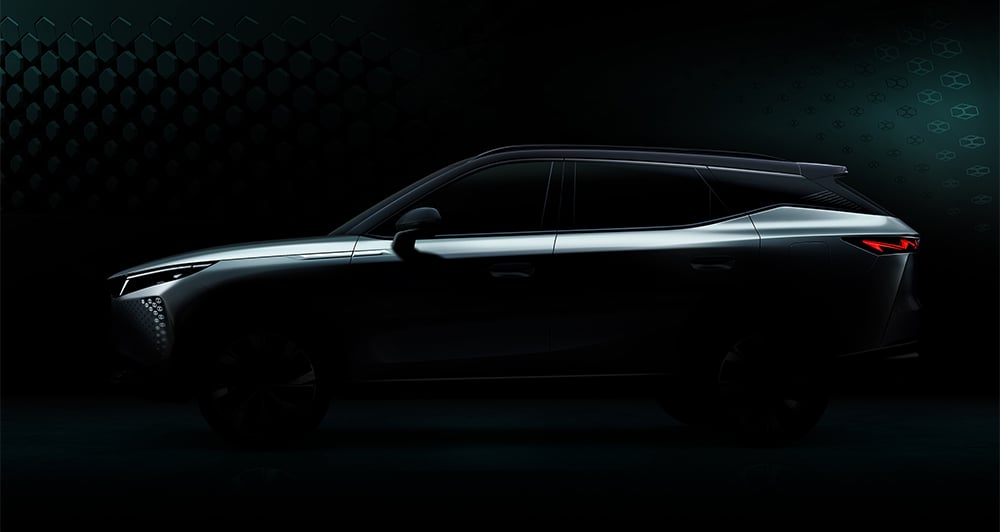
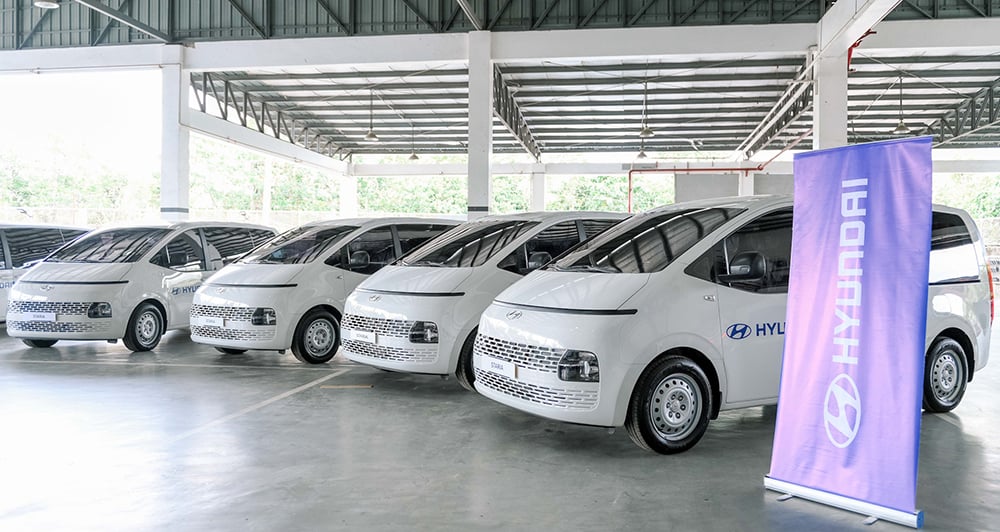

Comments